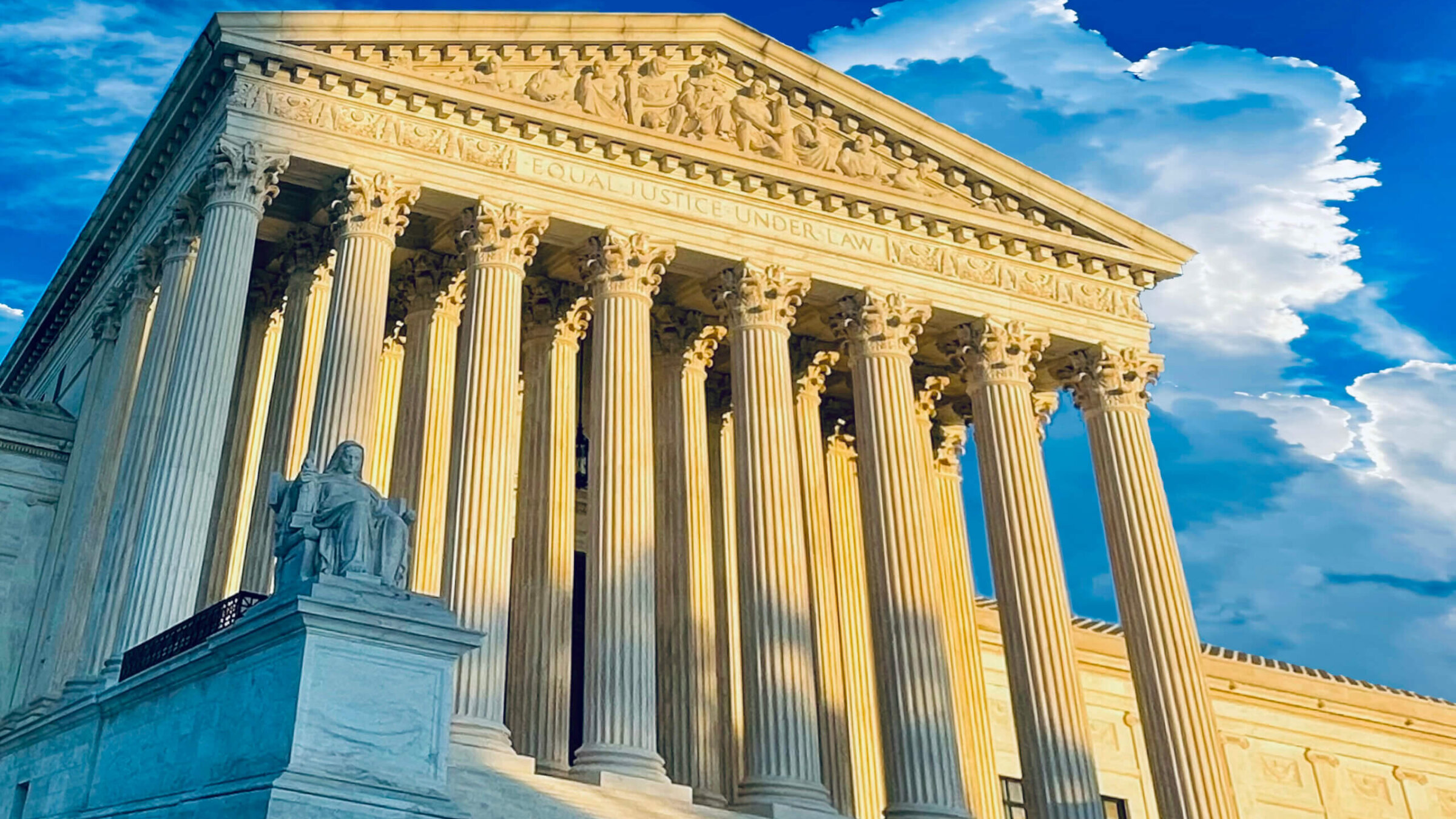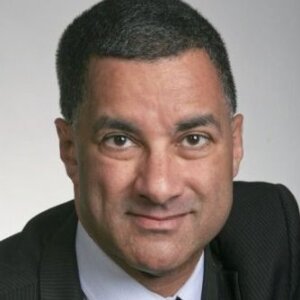Are Jews white? Confusion mars policies on affirmative action
Jewish organizations need to recognize growing diversity when taking public positions

Photo by Douglas Rissing/iStock
As one of two Jews admitted to Middlebury College in 1944, my mother often joked it was difficult for her to get out of compulsory chapel.
Her humor in a time of blatant discrimination — not to mention the gas chambers operating at full capacity across the ocean — belied her understanding that Jews weren’t really considered a part of white society. Despite her German Jewish background, she’d make it abundantly clear for the rest of her 77 years that she didn’t consider herself white.
That identity lesson is something Jewish organizations might keep in mind when forging policies on affirmative action programs — or what’s left of them, after the Supreme Court’s ruling yesterday in Students for Fair Admissions Inc. v. President & Fellows of Harvard College. Despite our own fraught history with discrimination in higher education in the United States, American Jews ought to support affirmative action policies not just because it’s the right thing to do, but because not all Jews are white.
The 6-3 decision, written by Chief Justice John Roberts, struck down admissions programs at the two schools in which race was used as a factor, but not the factor, for acceptance.
That latter distinction is important, because understand: Affirmative action — initiatives to promote diversity on college campuses — is not the same as racial quotas. It hasn’t been since the court’s 1978 Bakke decision, which struck down the University of California-Davis Medical School’s set-aside of 16 seats out of 100 for people of color.
Quotas, for all the negative attention they’ve garnered before and since, were at the time of Regents of the University of California v. Bakke barely a decade old. They were created during the Kennedy and Johnson administrations and codified under Nixon as a response to Civil Rights Movement efforts to bring full citizenship to Black people, after centuries of slavery, lynching and legalized segregation.
Jewish organizations, including the Anti-Defamation League, the American Jewish Committee and American Jewish Congress, weighed in on the side of Allen Bakke, a white (not Jewish) student claiming to have been denied admission to medical school because of the 16 reserved slots for students of color.
Those organizations likened the UC-Davis policy to the quotas limiting Jews that my mother experienced. By then, in the late 1970s, Jewish quotas (which were more “Gentlemen’s Agreements” than anything written down in official school bylaws) had been abolished, and elite colleges and graduate schools were full of Jews, seemingly accepted as full members of American society.
The Jewish organizations may have been simply watching out for their own constituency. But what they failed to realize is that not all Jews were white people, and not just because some, like my mother, didn’t consider themselves white. There were — surprise — Jews of color back then.
They also ignored the fact that Black students, whom the Nixon-era quotas were meant to give a hand up to, had also been kept out of elite schools by the same quotas imposed against Jews. “Two Jews and two Blacks,” my mother would say, elaborating on the 1940s policy.
The Bakke decision struck down quotas but still allowed, and in fact encouraged, in a concurrent opinion by Justice Lewis F. Powell, Jr., race to be used as an admissions consideration. In particular, Powell cited the goal of achieving a diverse student body that would benefit all Americans.
At that, most of the Jewish organizations changed course, and in subsequent cases backed affirmative action. Some explanations for the change of heart are guilt over having supported Bakke, as well as not wanting to exacerbate splits in the Black-Jewish political alliance.
These reasons, however, miss the real point that Jews aren’t just a group of white people who once-upon-a-time were discriminated against, but a tableau of many different races and ethnicities.
I won’t get into the whole ethos behind “How Jews Became White,” but it’s pretty clear to me that the Jews most likely to experience antisemitic discrimination are those who look like what America stereotypes as Jews: Black coat, black-hat wearing Hasids. The Jews who most easily pass for white are typically less observant, who at best tuck in their tzitzit, hide their Magen David necklace under their shirt and don’t ask for the second day of Rosh Hashanah off. These more assimilated, secular Jews, are also more likely to apply to law school than their strictly observant brethren.
Black Jews and other Jews of color don’t have the luxury of worrying whether someone is discriminating against them because of their Jewishness. Any hate crime directed at them begins as soon as their skin color is evident and long before anyone notices if they’re wearing a chai pendant.
The numbers of Black Jews and other Jews of color are growing. A 2020 study from the Pew Research Center reported that 15% of Jews 18 to 29 identify as Hispanic, Black, Asian, other race, or multiracial, compared with 3% of Jews ages 65 and older. “In time, the racial and ethnic profile of U.S. Jews may shift,” the report states.
Which means supporting affirmative action programs — now meaning little more than expanding a pool of applicants to find more diverse candidates — isn’t just a benevolent ideal that Jewish organizations can do to help downtrodden ethnic and racial allies. It’s helping a significant and growing population of Jews.
And as Justice Powell wrote in lauding diverse classrooms, it also helps all of us.
Correction: The original version of this article referenced figures from a 2020 Pew Research Center study that included Sephardic and Mizrahi Jews among Jews who identify as Hispanic, Black, Asian, other race, or multiracial. It has been corrected to reflect the percentages of the latter group only.

















